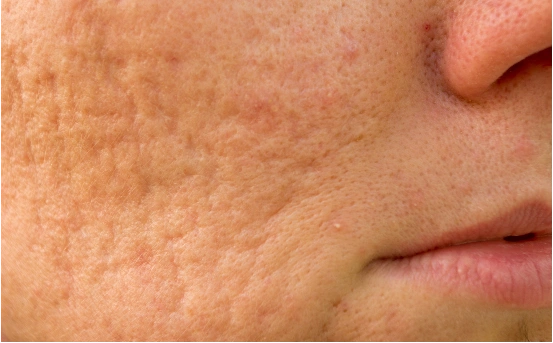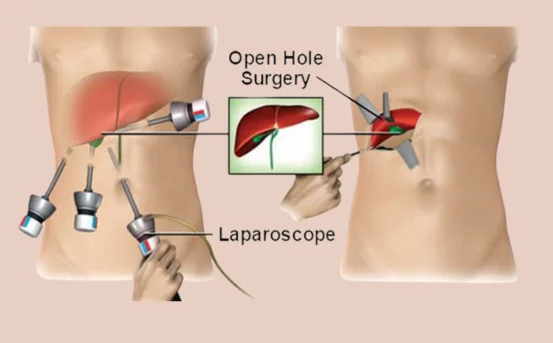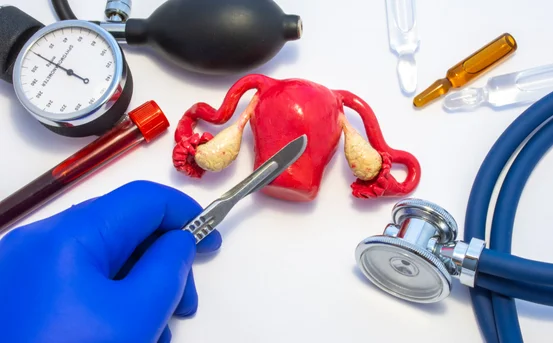Causes for fractional co2 laser treatment is a powerful skin resurfacing procedure widely recognized for its ability to rejuvenate skin, reduce signs of aging, and treat various dermatological conditions. It utilizes a carbon dioxide (CO2) laser to create microscopic injuries in the skin, promoting collagen production and natural healing. But why do people opt for this treatment? What are the specific causes or skin conditions that make someone a suitable candidate for fractional CO2 laser therapy?
But what exactly prompts someone to choose this treatment? What are the main causes or skin issues that lead people to consider fractional CO2 laser therapy? From stubborn acne scars and deep wrinkles to sun damage, pigmentation, and stretch marks, there are a wide variety of skin conditions that can be dramatically improved with this high-precision, collagen-boosting procedure.
What is Fractional CO2 Laser Treatment?
Fractional CO2 laser treatment is a minimally invasive procedure that uses a carbon dioxide laser to remove layers of skin tissue in a fractional manner meaning only a portion of the skin is treated at a time. The laser creates tiny columns of thermal damage that stimulate the body’s natural healing process and trigger collagen remodeling.
Compared to traditional laser treatments, fractional CO2 offers faster healing times, less downtime, and better safety profiles. It’s often performed on the face, neck, chest, and hands, but can be used almost anywhere on the body.
Causes for Fractional CO2 Laser Treatment
Acne Scars
One of the most common causes for fractional CO2 laser treatment is persistent acne scarring. These scars, especially icepick or boxcar scars, can leave lasting damage even after acne is under control. The laser helps smooth the skin’s surface by targeting scar tissue and encouraging collagen production to fill in the depressed areas.
Wrinkles and Fine Lines
Aging naturally leads to the development of fine lines and deeper wrinkles, especially around the eyes, mouth, and forehead. Fractional CO2 laser works by tightening the skin and improving elasticity, making it an effective solution for reducing signs of aging without surgery.
Sun Damage and Photodamage
Prolonged exposure to the sun can cause sunspots, pigmentation, and rough skin texture. Fractional CO2 laser treatment helps remove damaged layers of skin, revealing a brighter and more even complexion. It’s particularly effective for people with actinic keratosis and sun-induced hyperpigmentation.
Stretch Marks
Stretch marks are another frequent concern especially after pregnancy or significant weight loss. The laser helps to stimulate collagen and elastin fibers, reducing the appearance of stretch marks over time. While results can vary, many patients see smoother skin and reduced discoloration.
Uneven Skin Tone and Texture
People with blotchy, rough, or uneven skin often turn to fractional CO2 laser treatment for overall skin rejuvenation. The procedure can help refine skin texture, shrink pores, and improve tone, making the skin appear fresher and more youthful.
Age Spots and Hyperpigmentation
Whether caused by aging, hormonal changes, or sun exposure, pigmented lesions can make skin appear older and uneven. Fractional CO2 lasers break down excess melanin and improve skin tone with minimal risk of scarring or prolonged downtime.
Large Pores
Enlarged pores, especially around the nose and cheeks, can be difficult to treat with skincare products alone. Fractional CO2 lasers help tighten the skin and reduce pore size by stimulating collagen around the pore openings.
Surgical and Traumatic Scars
Old surgical scars or injuries that healed poorly often result in raised or uneven scars. Fractional CO2 laser therapy helps flatten and soften these scars by targeting the fibrotic tissue and replacing it with healthier skin.
Melasma and Hormonal Pigmentation
Though melasma is challenging to treat, fractional CO2 lasers have shown promising results when used carefully and in combination with other treatments. It helps lighten hormonal pigmentation while promoting healthier skin.
Skin Laxity
Mild to moderate skin laxity due to aging or weight loss can be improved with fractional CO2 laser. It helps to tighten loose skin by stimulating deep collagen remodeling, making it a popular option for non-surgical facial lifting.
How Fractional CO2 Laser Works: The Science Behind It
The laser targets water molecules in the skin’s tissues, creating controlled thermal damage. This process :-
-
Removes damaged skin layers
-
Stimulates collagen production
-
Improves skin texture and tone
-
Encourages new skin regeneration
Because it treats only a fraction of the skin’s surface in a single session (leaving the surrounding tissue intact), healing is faster, and the risk of side effects is significantly reduced.
Who is a Good Candidate for Fractional CO2 Laser Treatment?
You may be an ideal candidate if you :-
-
Have noticeable acne scars, wrinkles, or pigmentation
-
Are seeking a non-surgical method to rejuvenate your skin
-
Have realistic expectations regarding results and recovery
-
Are in generally good health and free of active skin infections
It is crucial to undergo a skin evaluation by a certified dermatologist before proceeding, as certain skin types (especially very dark skin tones) may have a higher risk of post-treatment pigmentation changes.
Benefits of Fractional CO2 Laser Treatment
-
Minimally invasive with no surgical incisions
-
Customizable depth depending on your skin needs
-
Improved skin texture, tone, and firmness
-
Reduction in visible scars and pigmentation
-
Long-lasting results with proper skincare
-
Can be combined with PRP, micro needling, or topical serums for enhanced effects
What to Expect After the Treatment
After fractional CO2 laser treatment, patients typically experience :-
-
Redness and swelling for 2–5 days
-
Peeling and crusting as the skin heals
-
Improved skin appearance within 1–2 weeks
Your dermatologist may recommend a recovery regimen including moisturizers, sunscreens, and gentle cleansers. Sun protection is essential for several weeks post-treatment to prevent pigmentation issues.
Are There Any Risks?
While fractional CO2 laser is generally safe, potential side effects include :-
-
Temporary redness or swelling
-
Skin dryness and peeling
-
Post-inflammatory hyperpigmentation (especially in darker skin tones)
-
Rarely, infection or scarring
Choosing an experienced and board-certified dermatologist is crucial to minimize risks and achieve the best results.
Conclusion
Fractional CO2 laser treatment has revolutionized the way we treat various skin concerns from acne scars and wrinkles to pigmentation and loose skin. If you’ve been struggling with skin imperfections that don’t respond to topical treatments or want a non-surgical approach to skin rejuvenation, this laser therapy could be the ideal solution.























